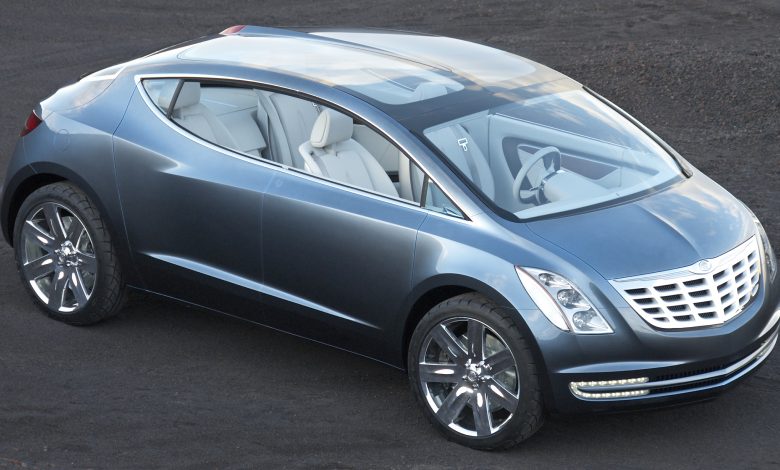
Back in 2008, Chrysler unveiled the ecoVoyager Concept, a futuristic, hydrogen-electric luxury vehicle designed for zero-emissions travel. While it never made it to production, it showcased bold ideas that pushed Chrysler’s design and technology forward. The ecoVoyager combined an electric motor with a hydrogen fuel-cell range extender, offering over 300 miles (482 km) of total range while emitting only water vapor.
An Aerodynamic Design Using Retro 1920s Cues –
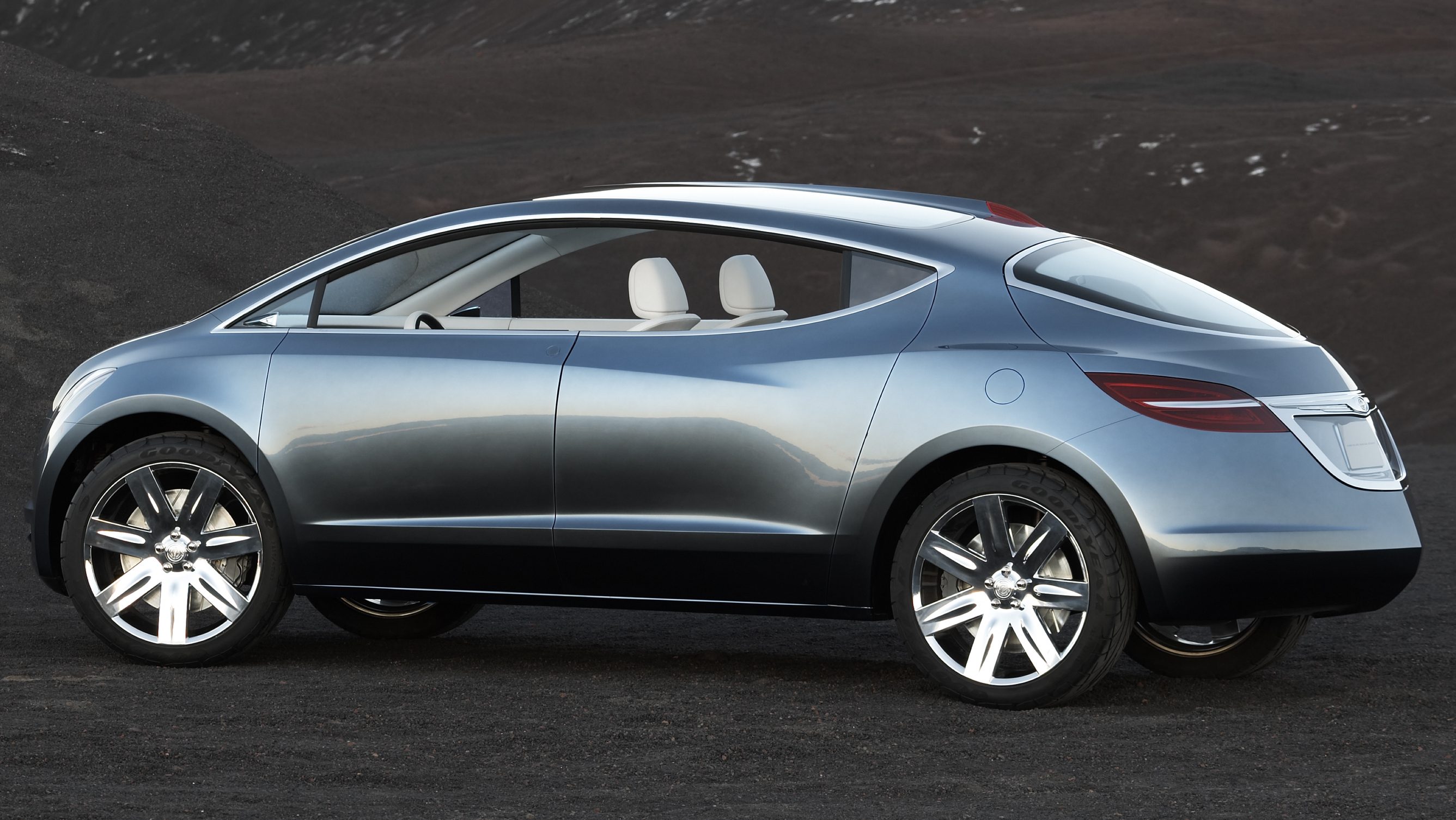
The ecoVoyager’s exterior was a dramatic departure from Chrysler’s traditional styling. Its smooth, aerodynamic shapeand boat-tail rear end minimized drag, while a panoramic glass roof gave it an open, airy feel. The signature grille, inspired by Chrysler’s winged logo, blended seamlessly with sleek headlamps. Its suicide rear doors opened at 90 degrees, eliminating the B-pillar for an unobstructed entry into the cabin.
A Jet-Like Travel Experience –
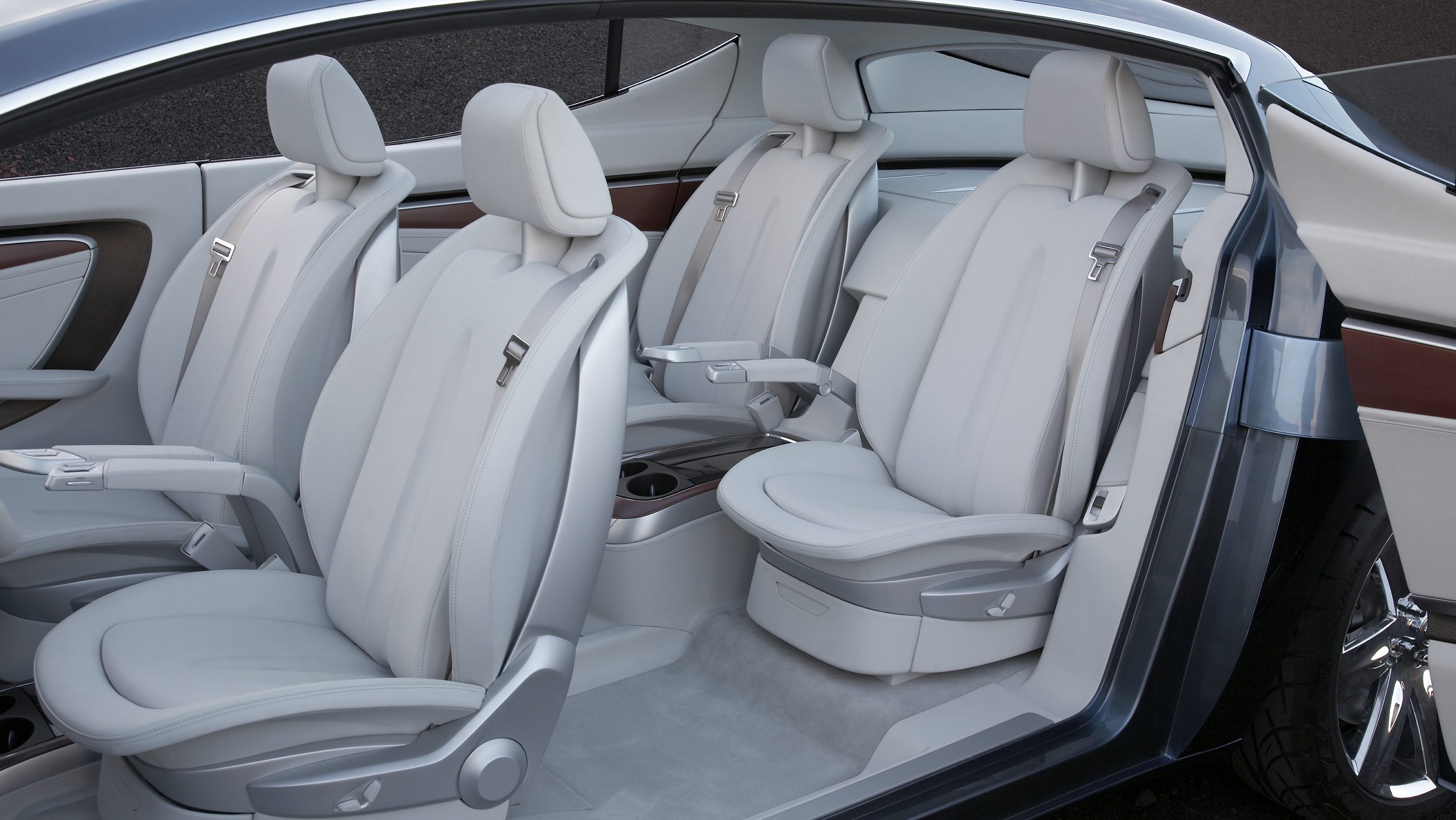
Inside, Chrysler envisioned the ecoVoyager as a private jet for the road. The four-seat interior featured premium materials, including Dove Gray leather and warm cherry wood accents. Designers eliminated bulky dashboard controls, replacing them with a full-width digital display that showed only essential information.
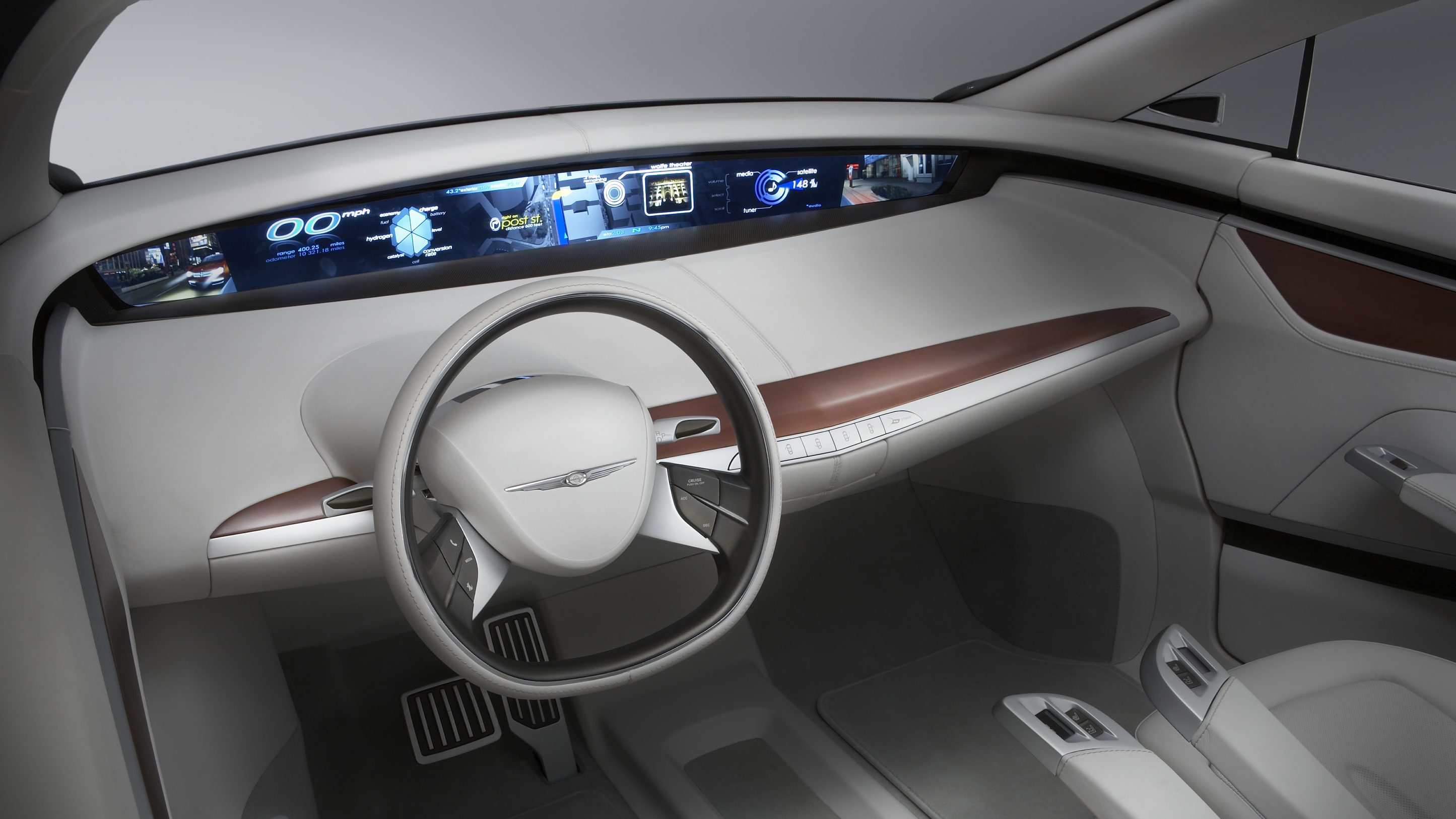
A unique Direct Sound system allowed passengers to listen to individual music choices without disturbing others. Even climate controls were hidden behind a perforated mesh, keeping the cabin clean and minimalist.
Electric Power Meets Hydrogen Efficiency –
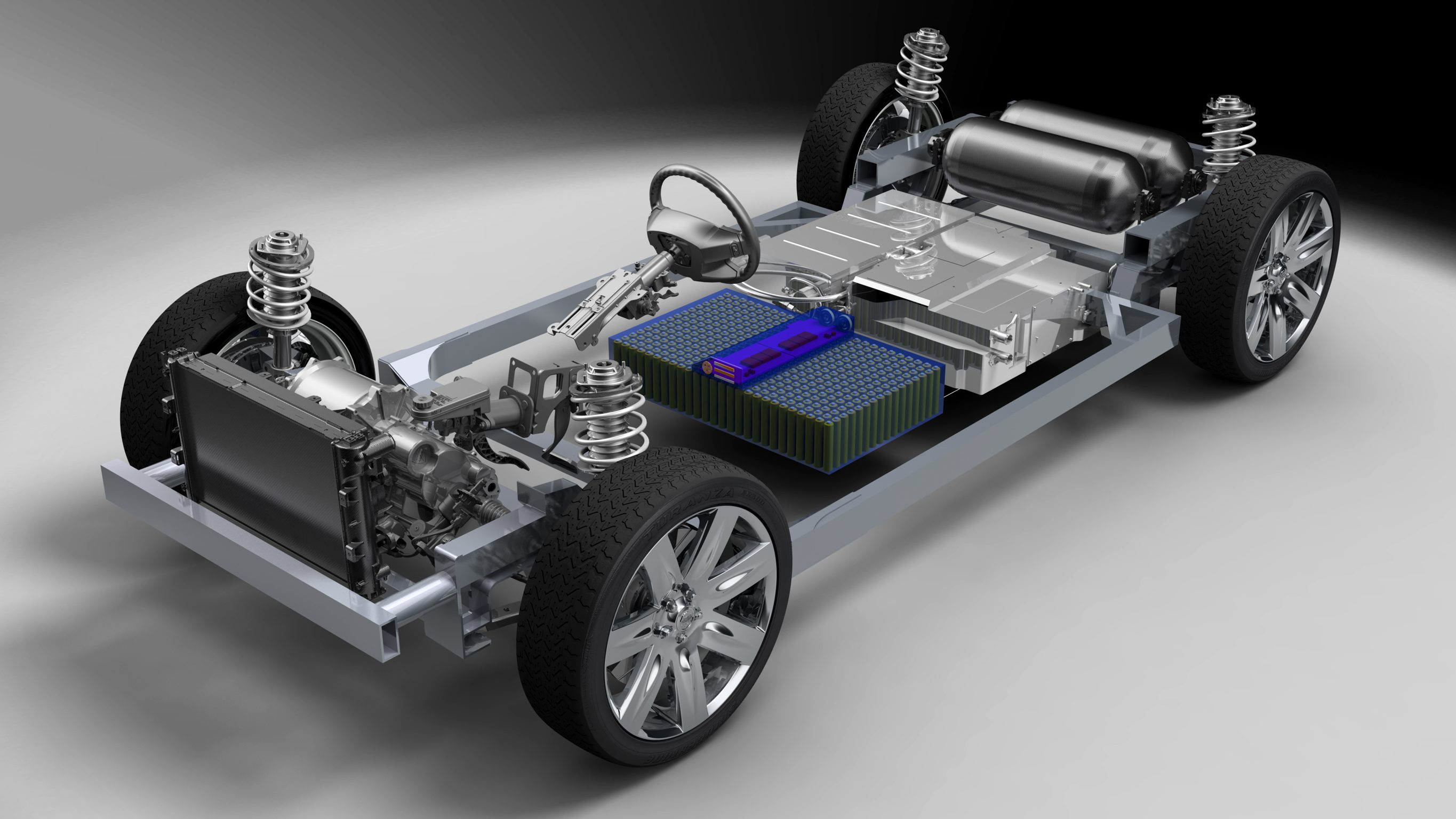
The ecoVoyager’s 200 kW (268 horsepower) electric motor delivered strong acceleration, hitting 0-60 mph in under 8 seconds. It featured regenerative braking, capturing energy to recharge its lithium-ion battery for short trips of under 40 miles (64 km). For longer journeys, an advanced hydrogen fuel cell extended the range while ensuring zero tailpipe emissions.
Why It Remains a Forgotten Concept –
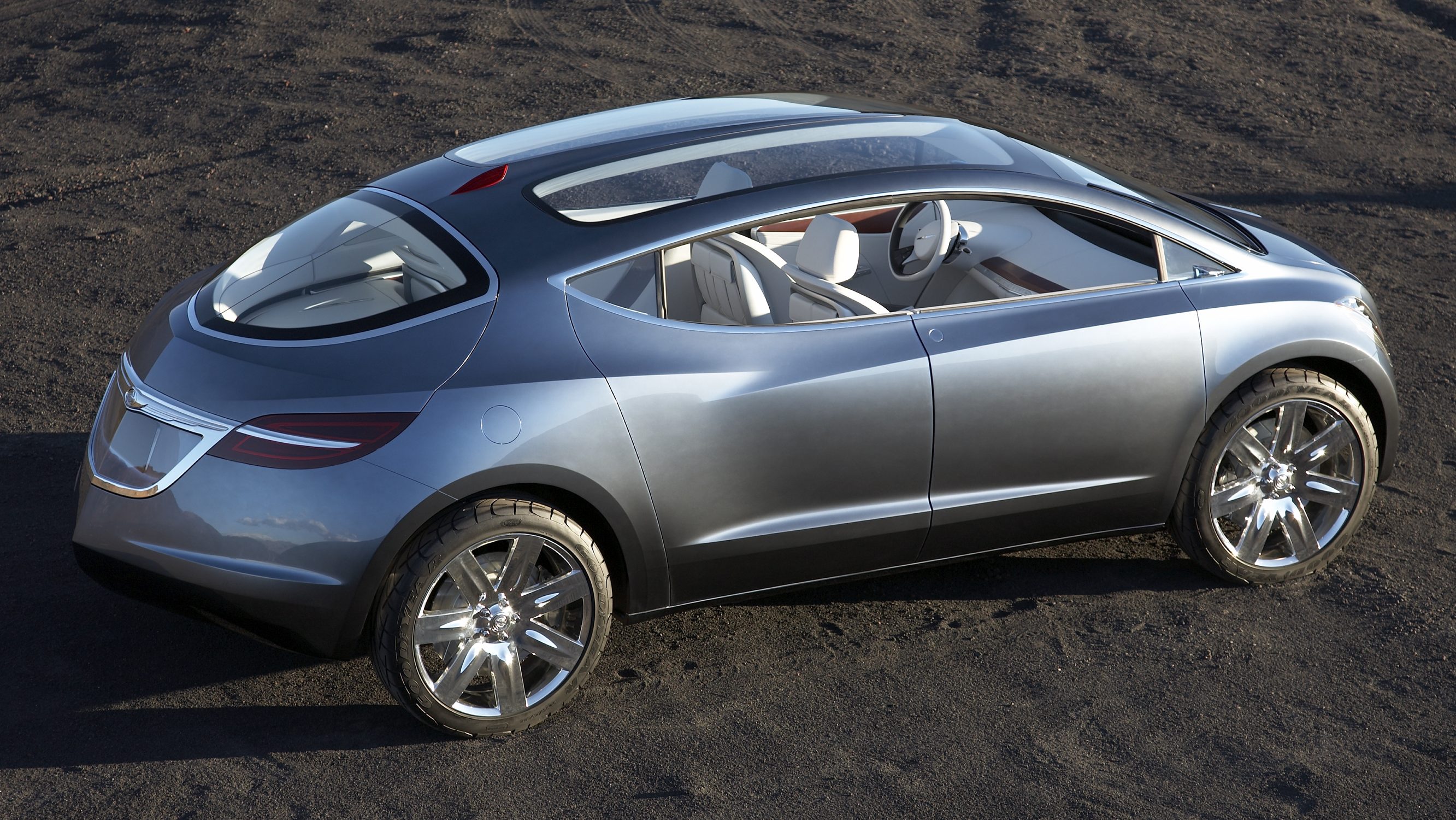
Despite its cutting-edge technology and bold design, the ecoVoyager Concept remained just that—a concept. The automotive industry was not yet ready for hydrogen-electric vehicles, and Chrysler’s financial struggles in the late 2000s prevented further development. However, it served as a glimpse into a sustainable, stylish future, proving that Chrysler had the vision to innovate beyond traditional gasoline-powered cars.
Would the ecoVoyager have succeeded if it had reached production? Perhaps. But today, it stands as a forgotten pioneerin the world of hydrogen-electric luxury travel.

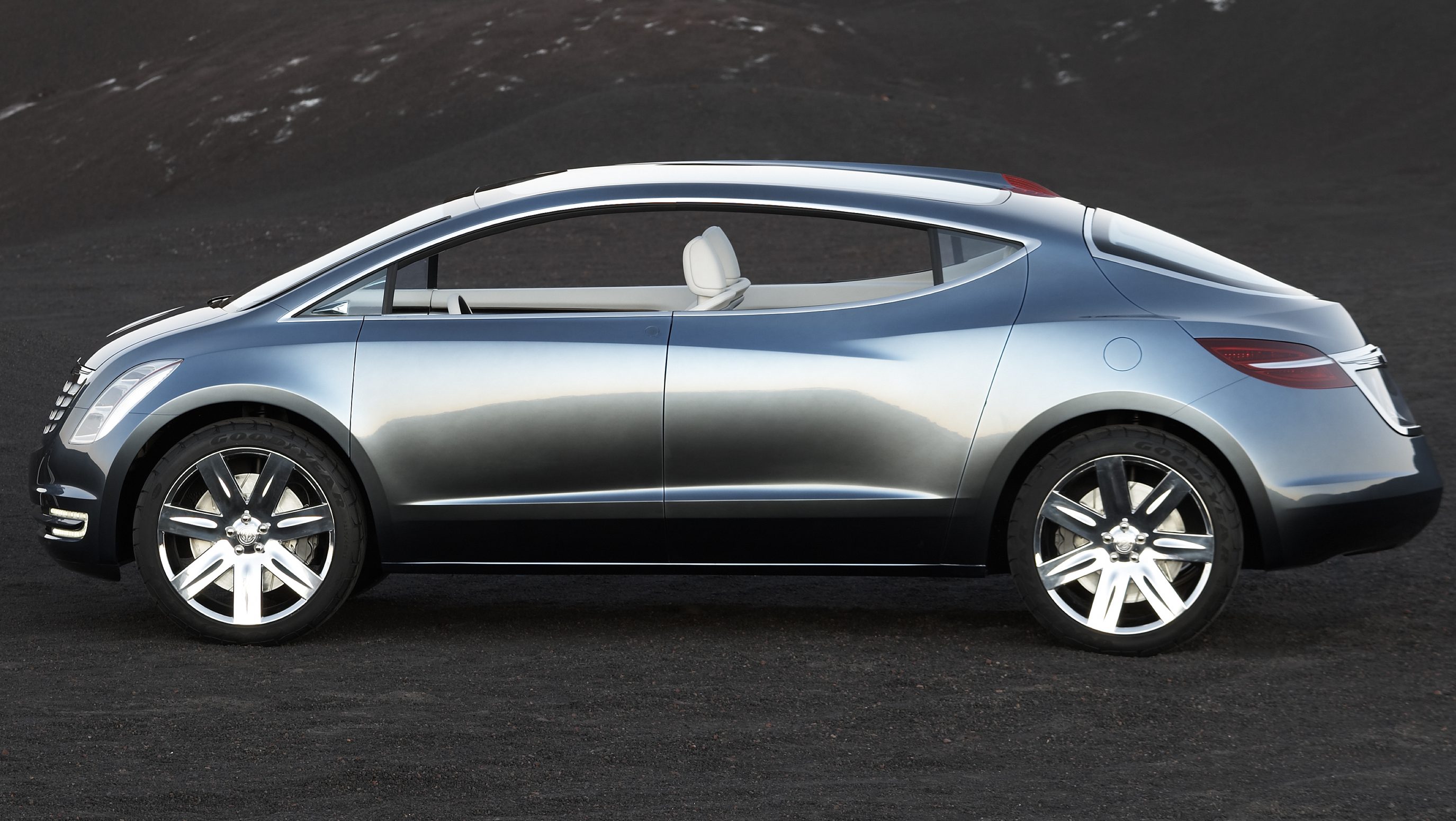
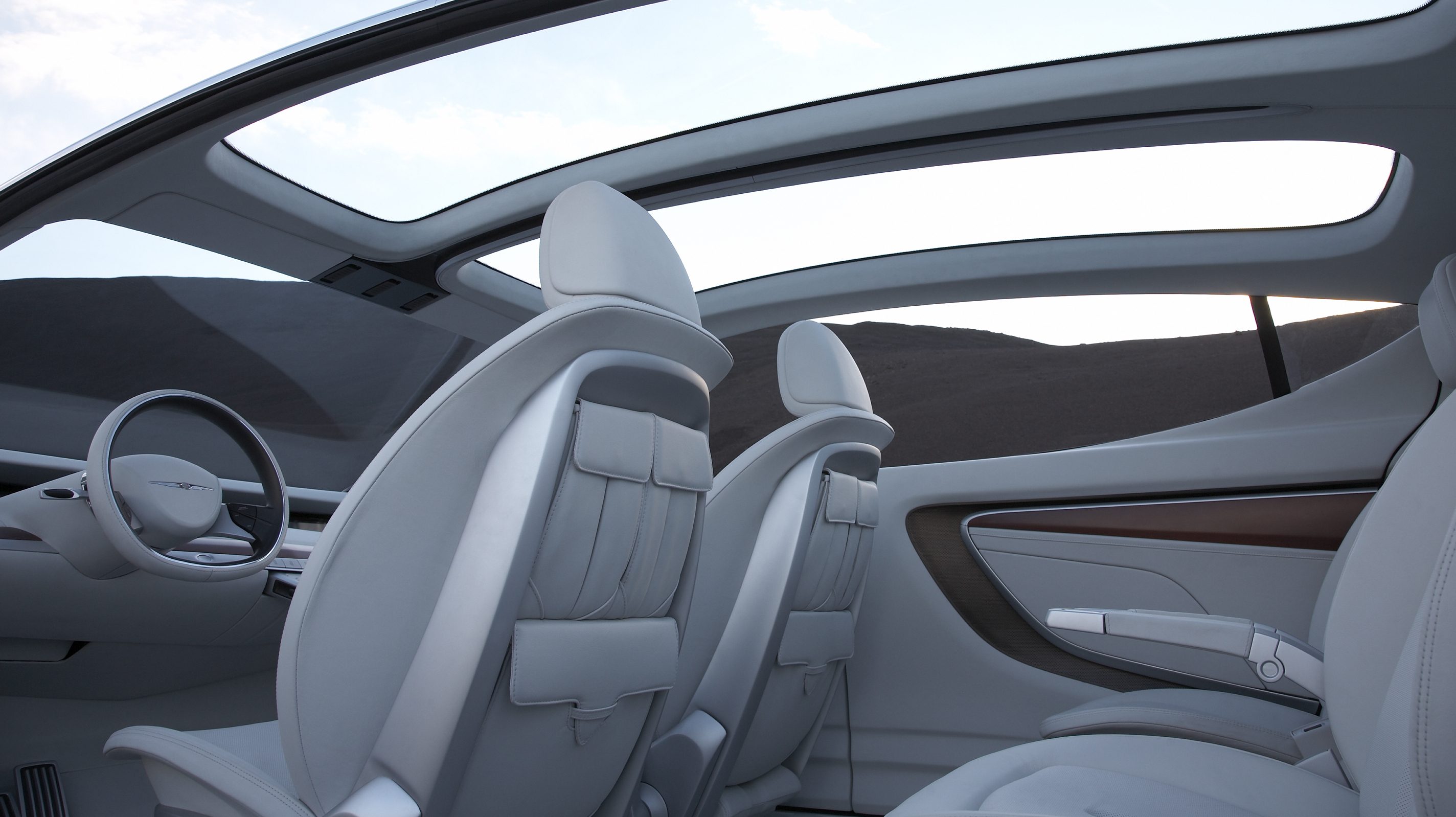
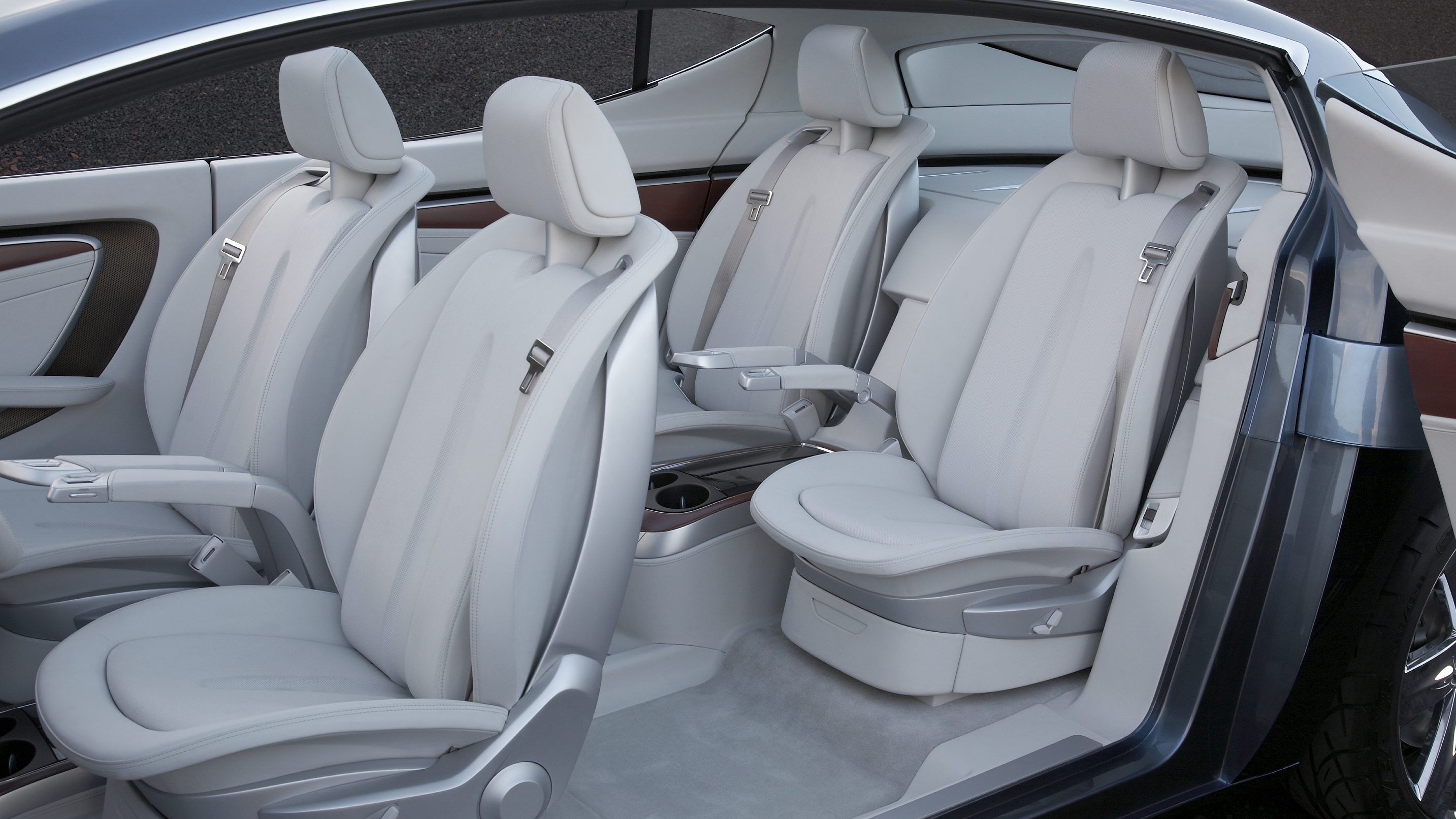
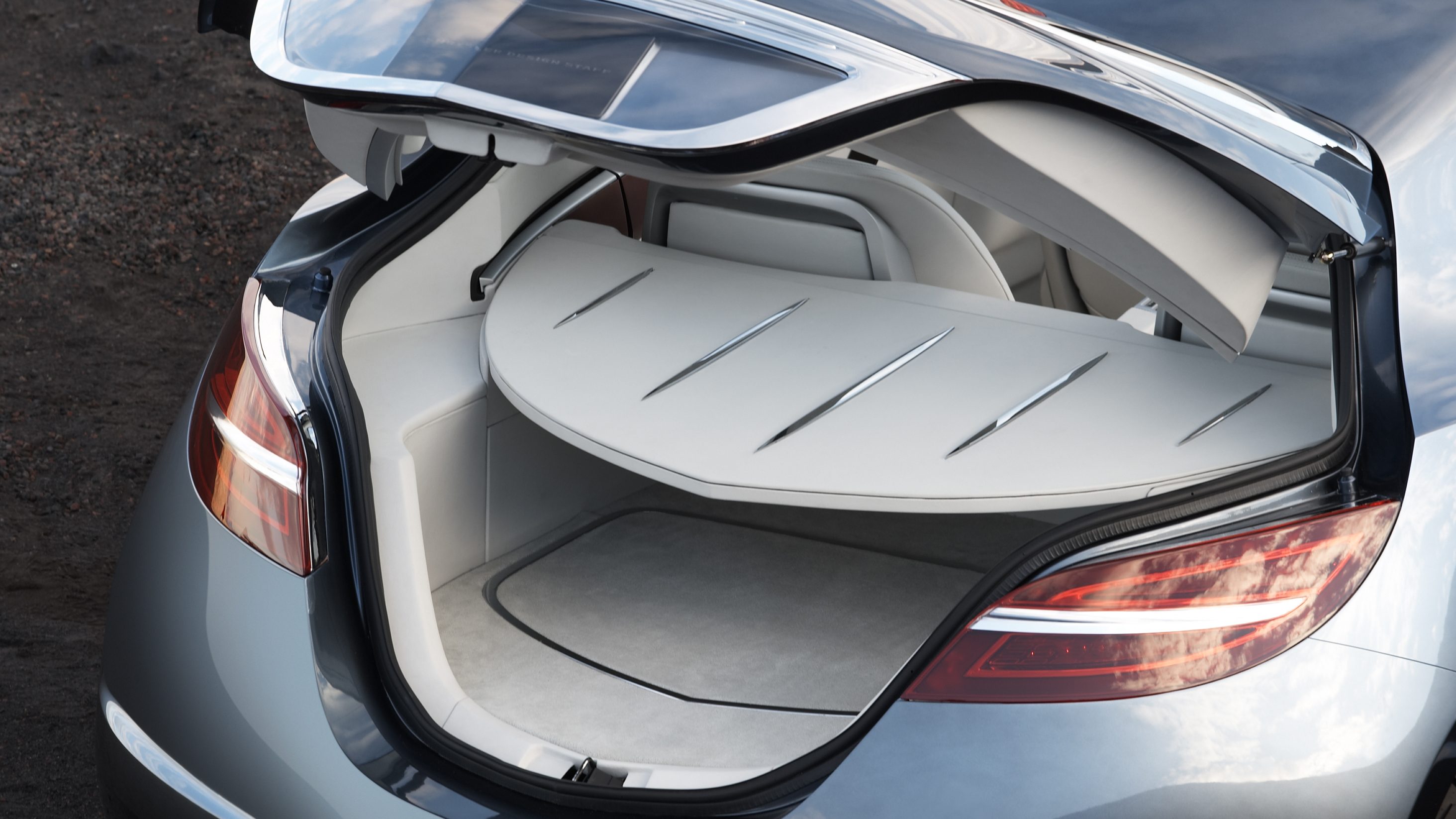
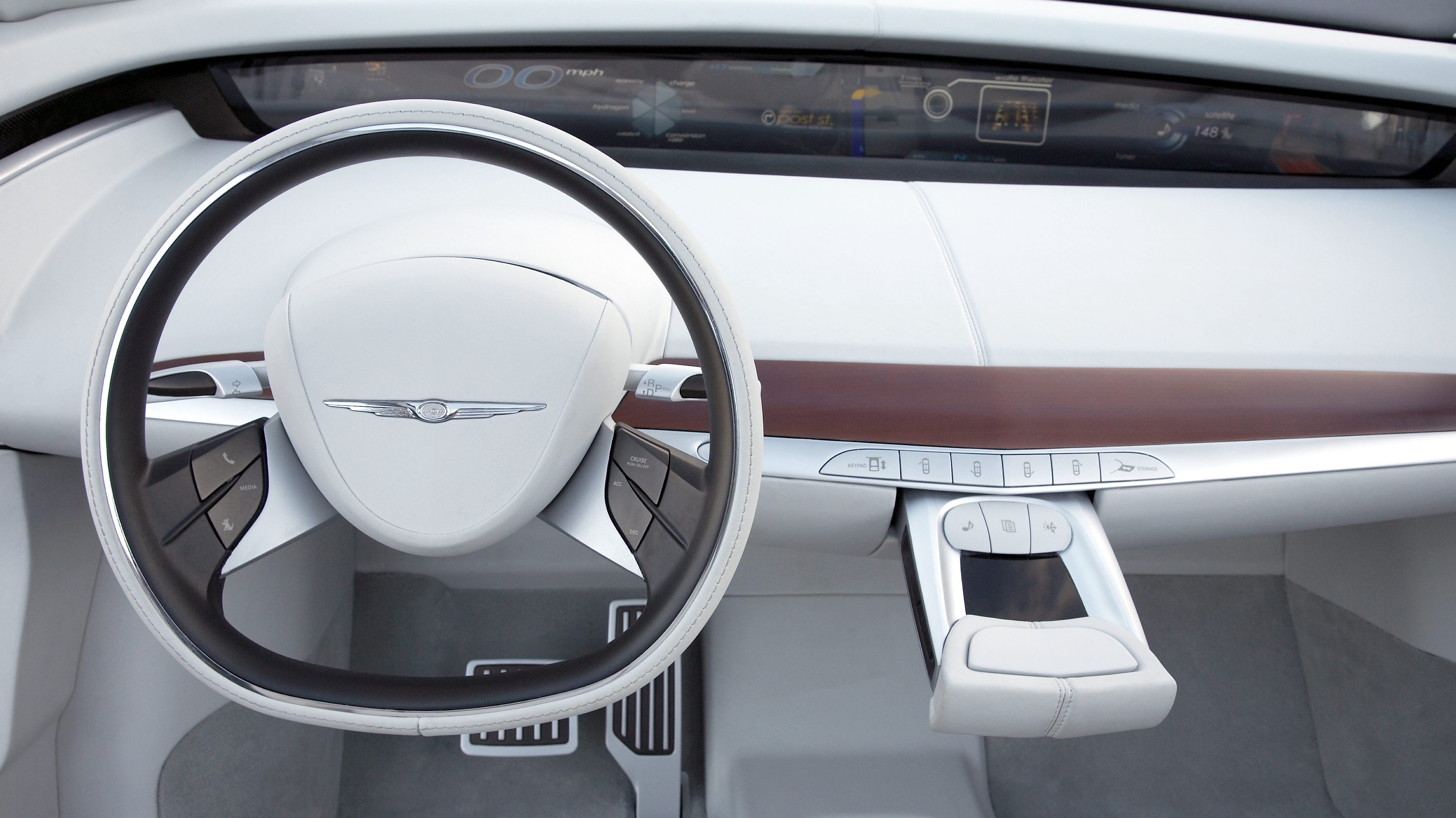
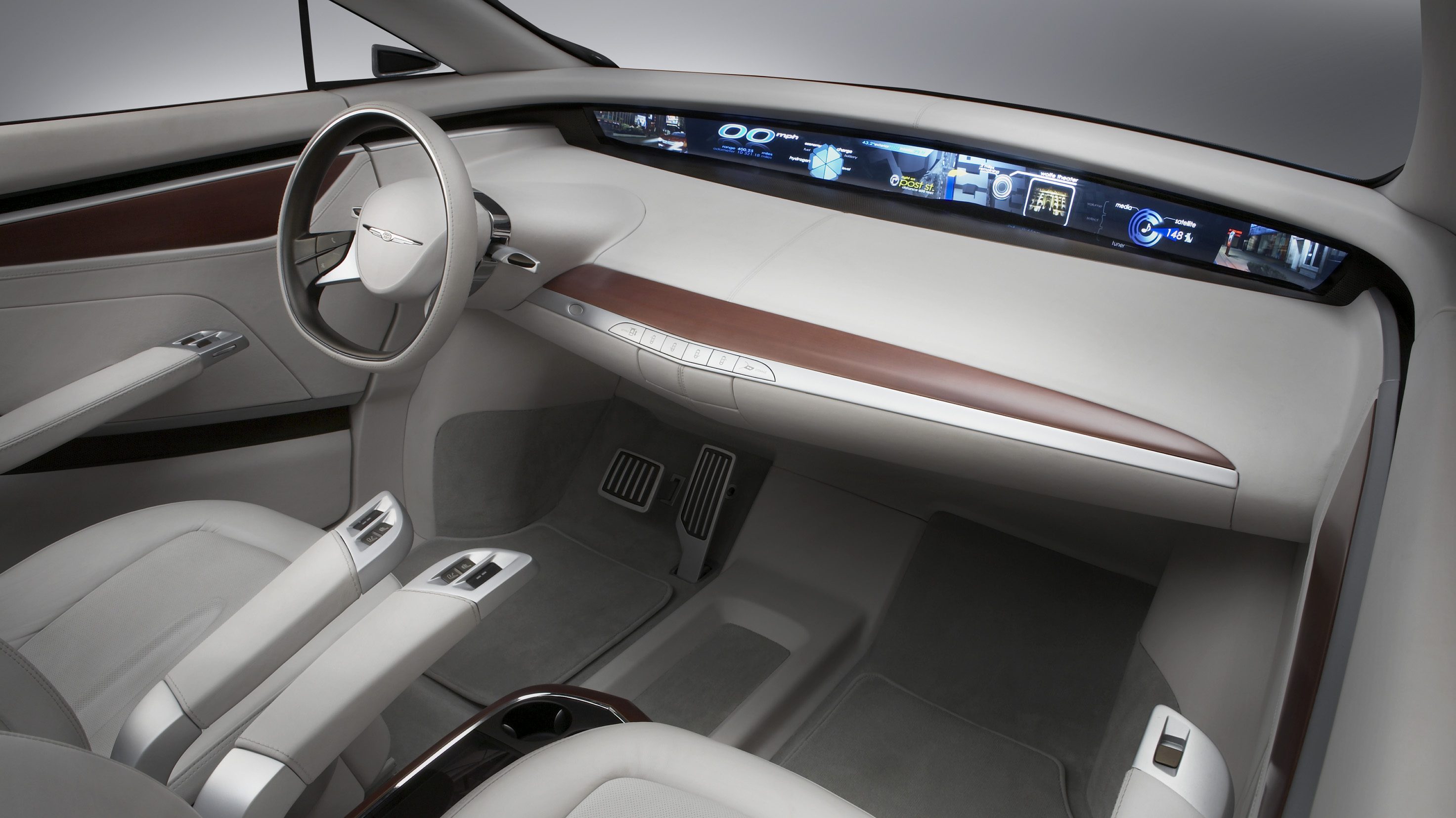
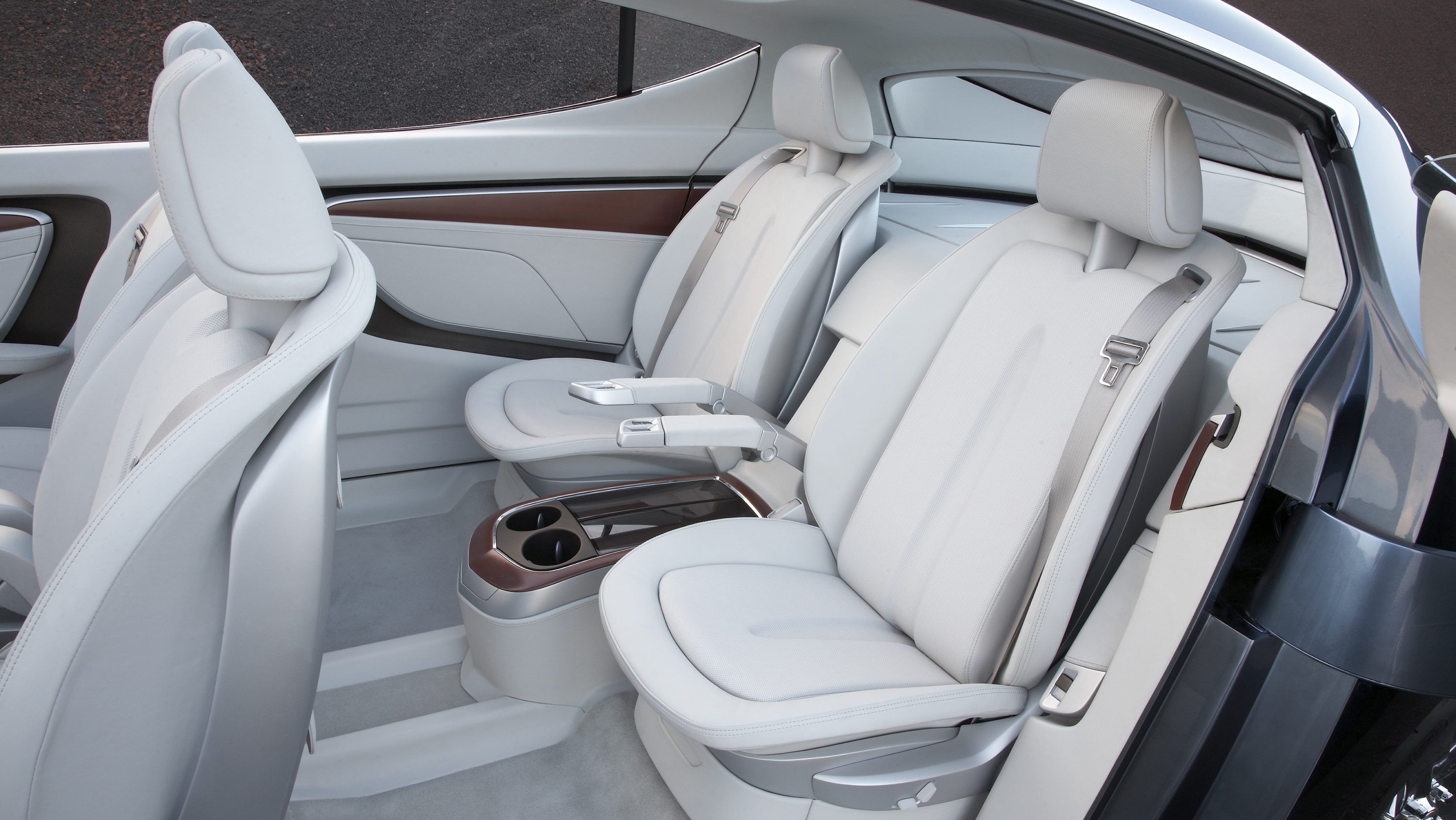
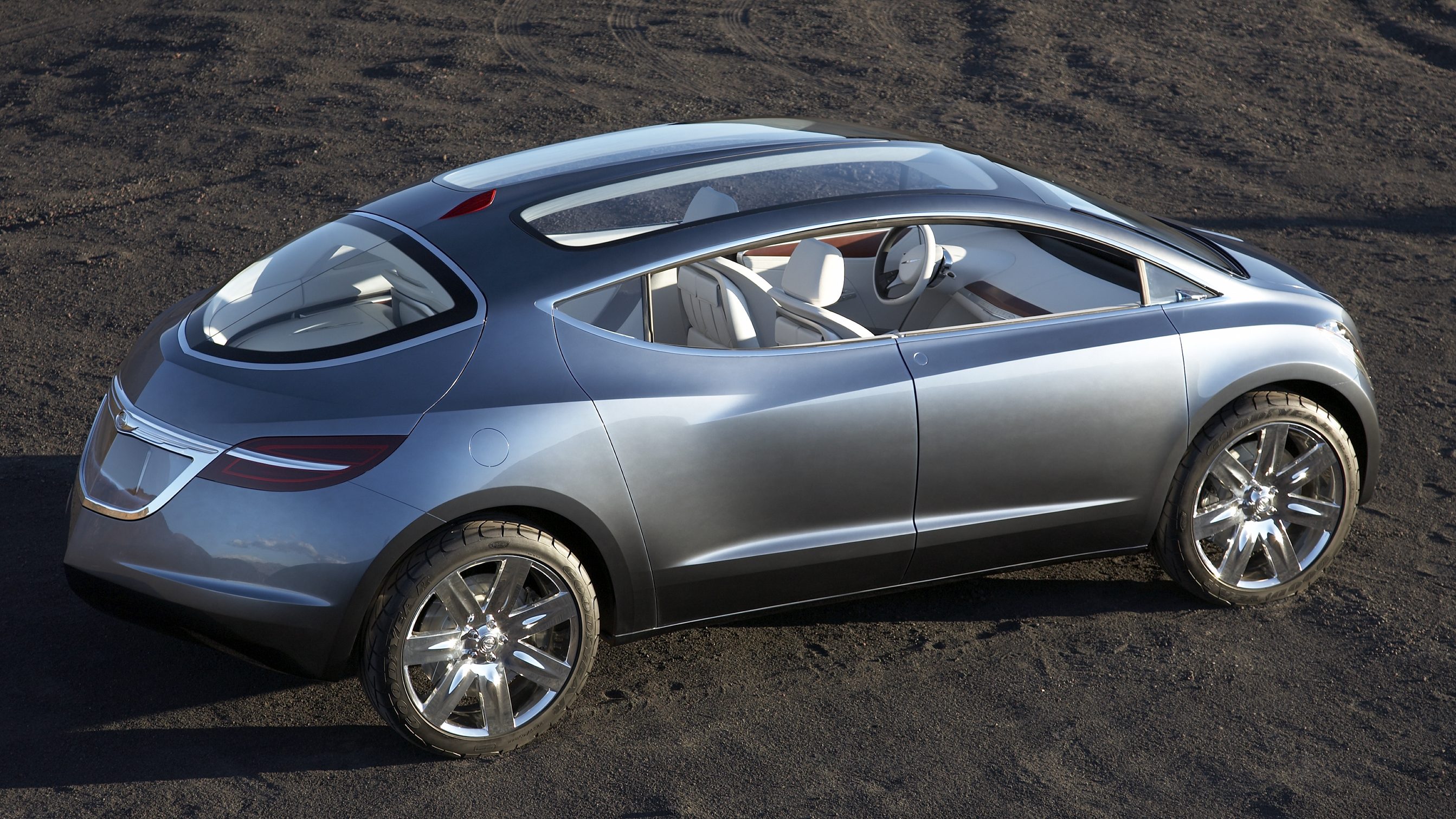
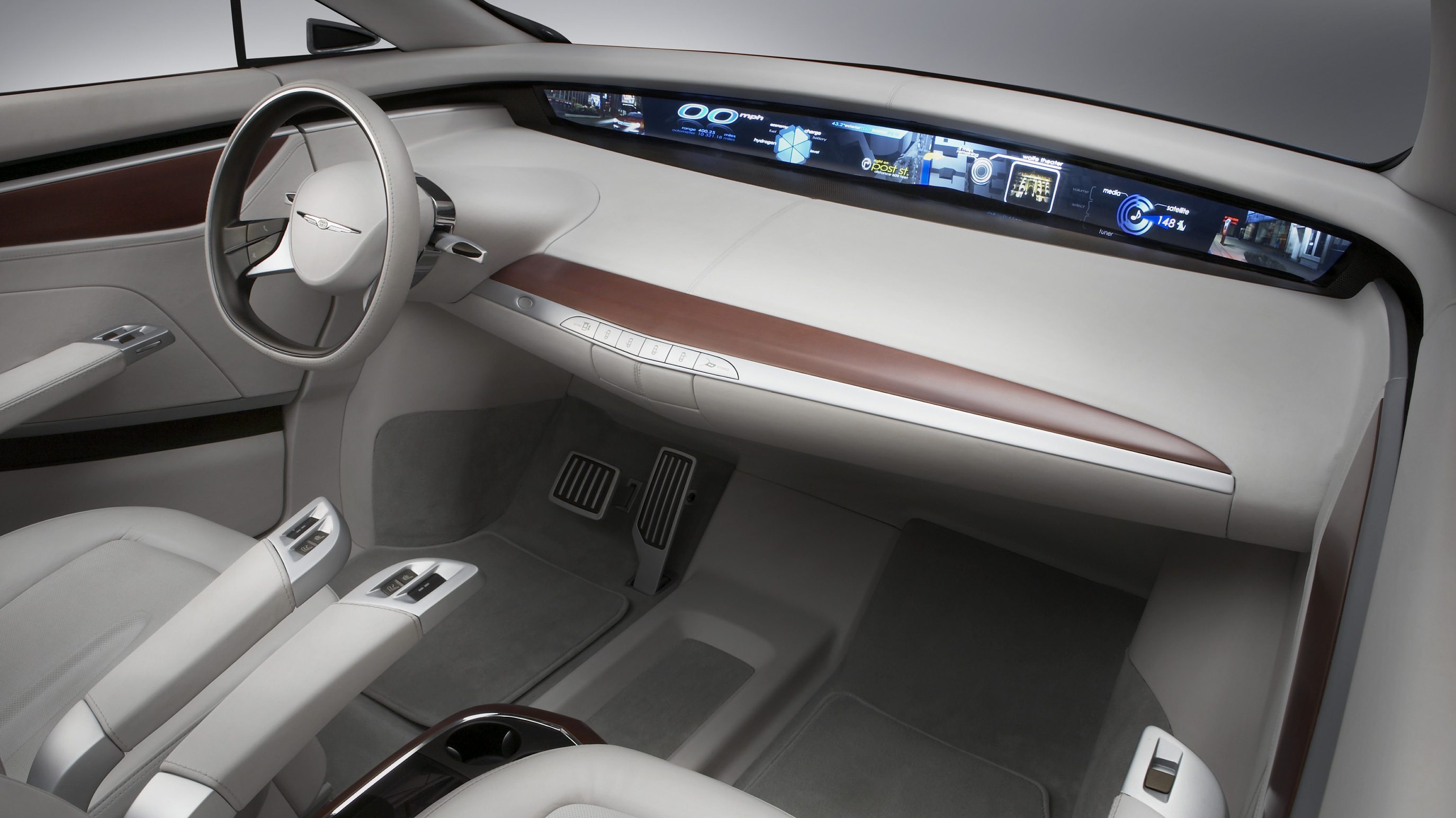
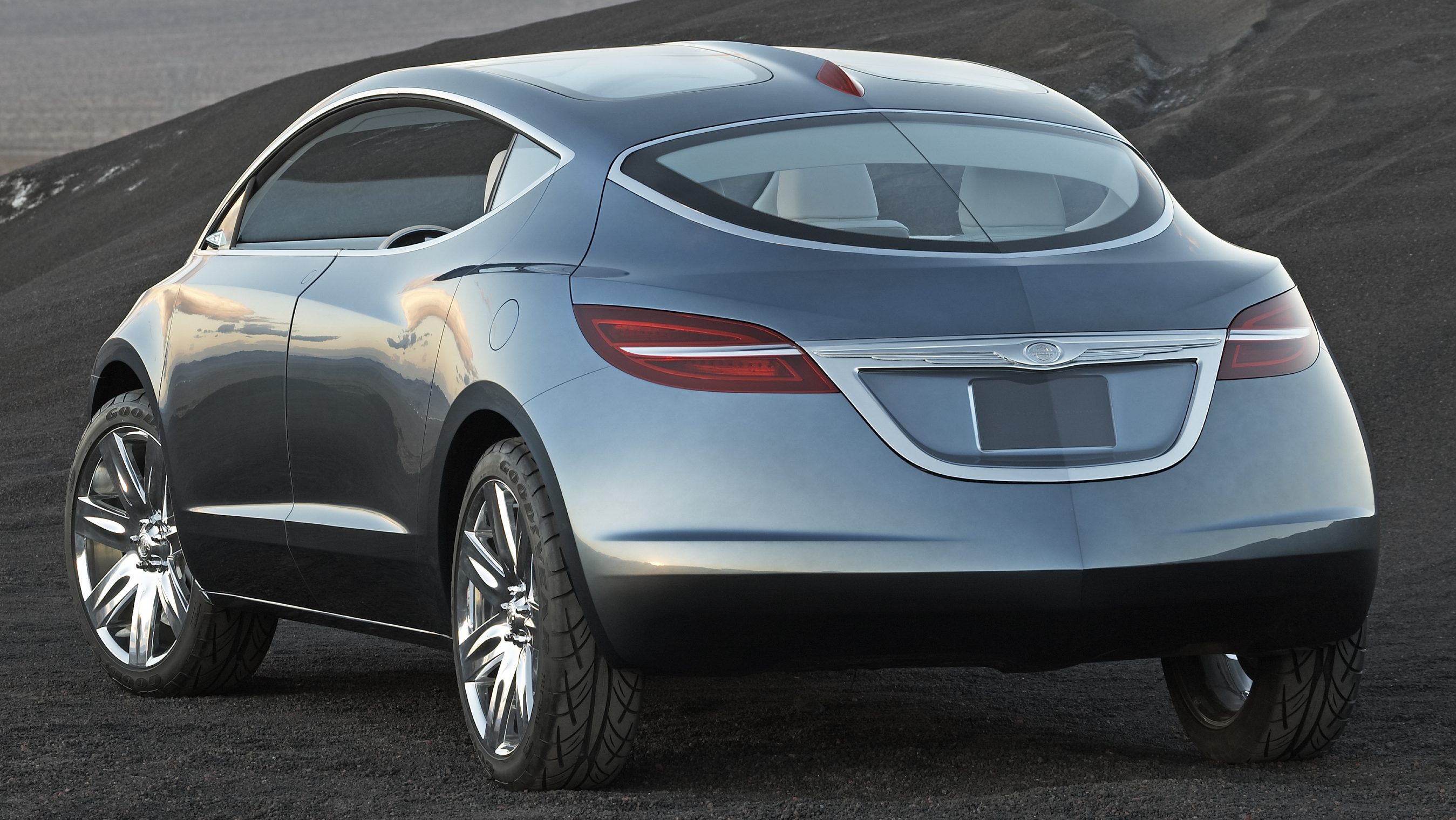
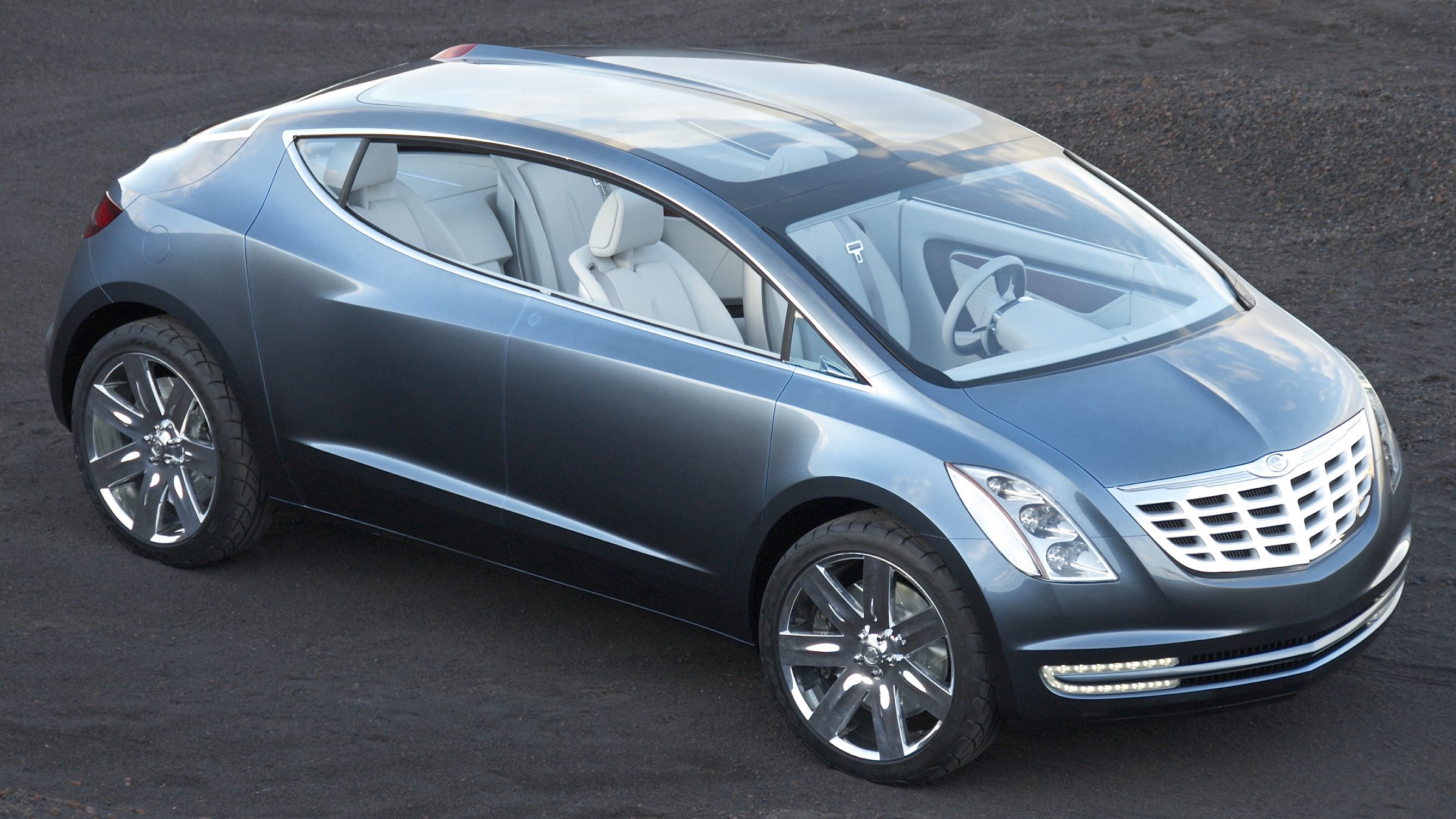
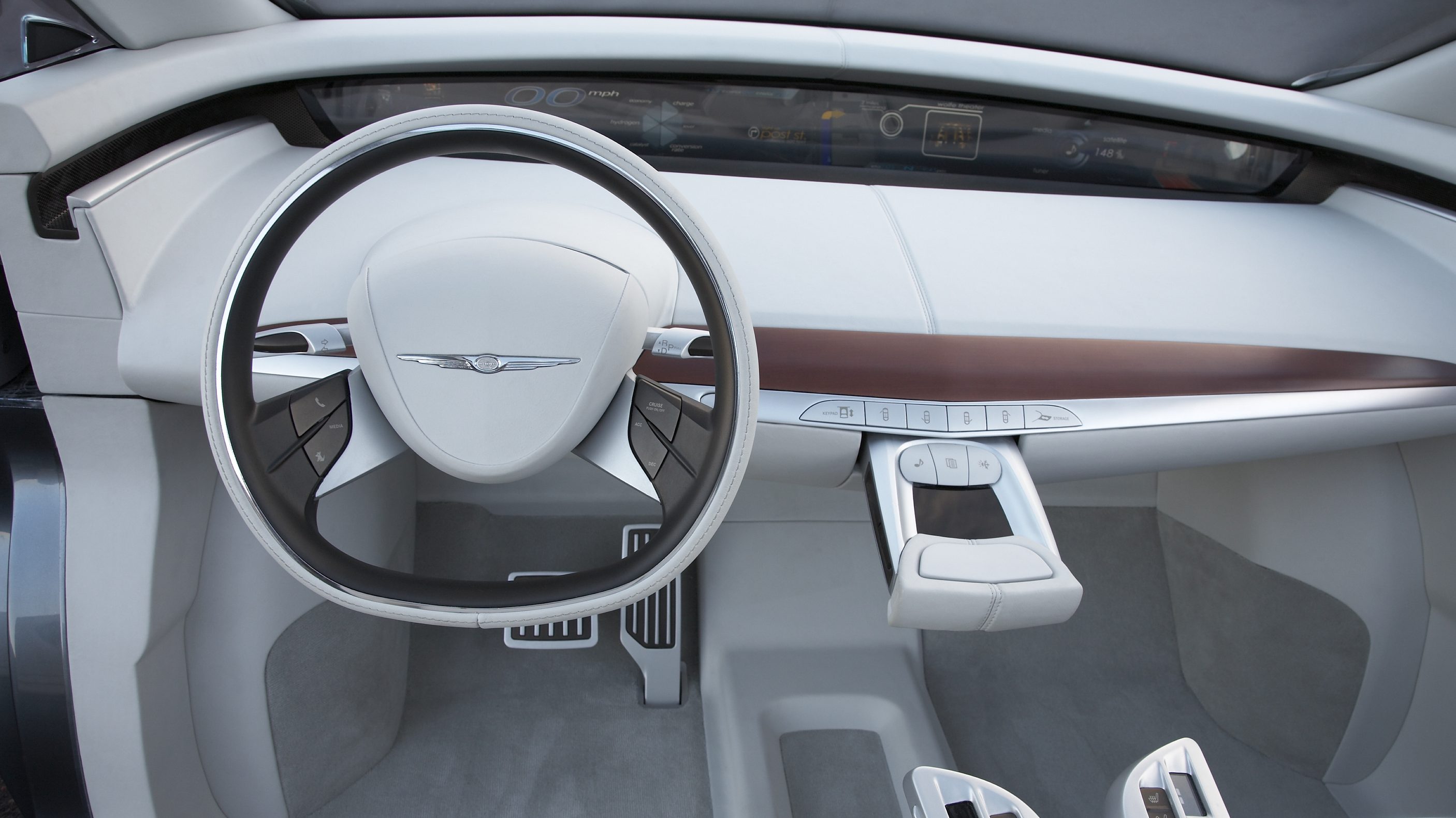
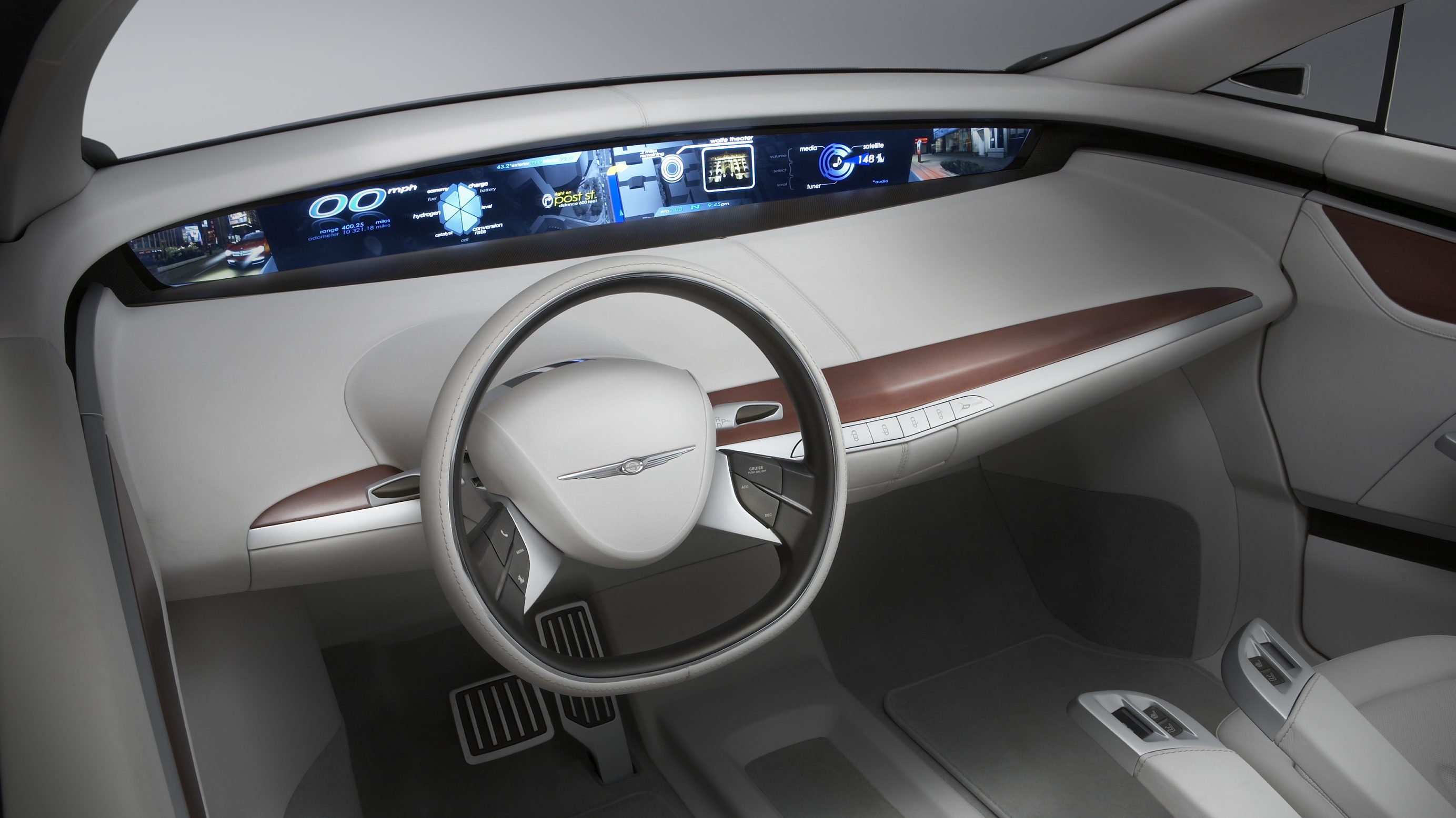
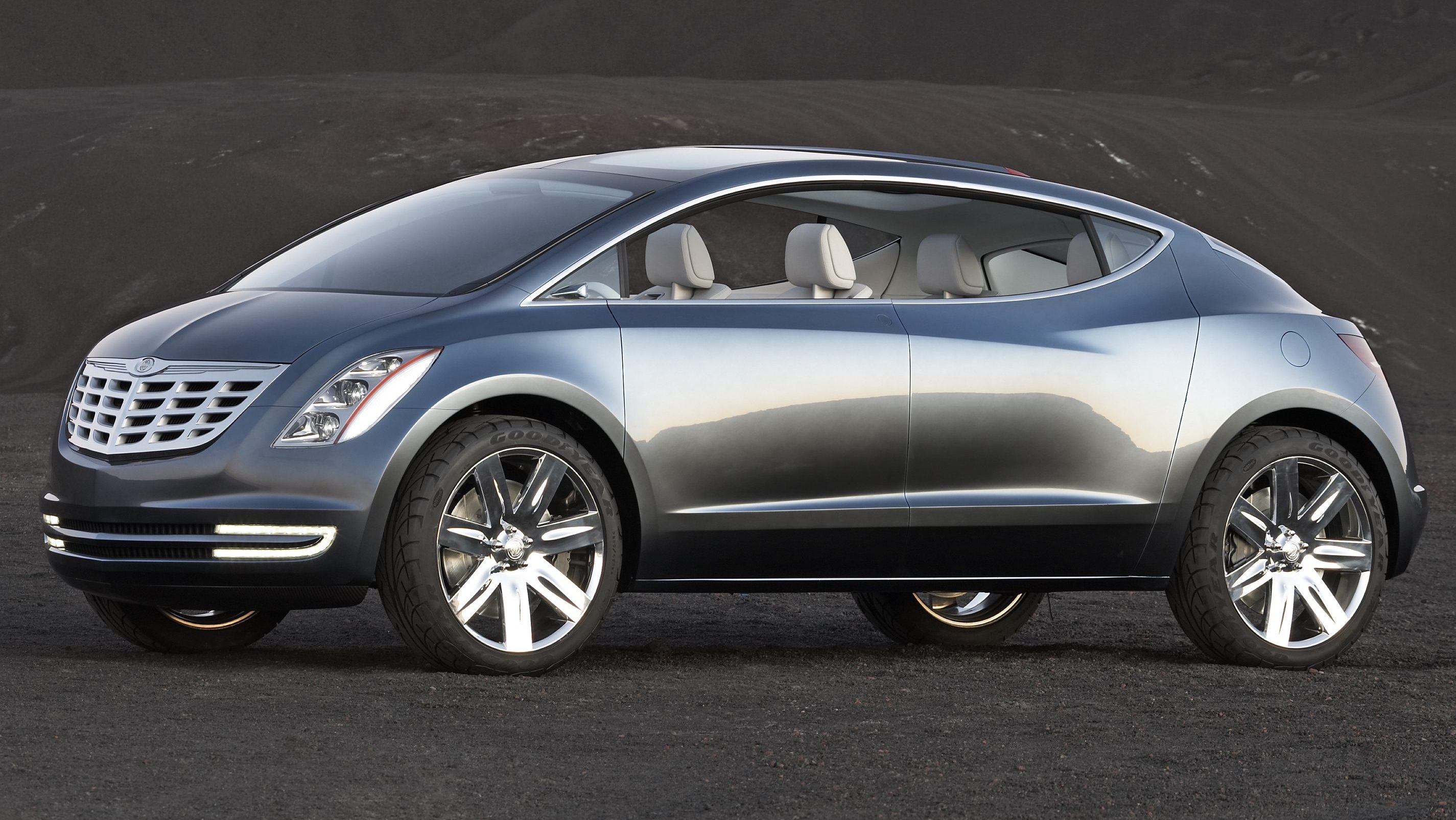
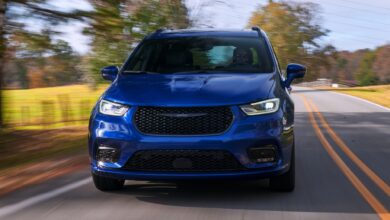
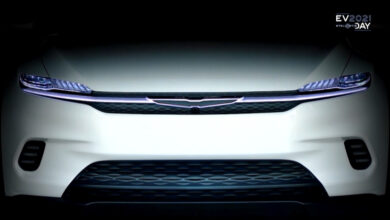
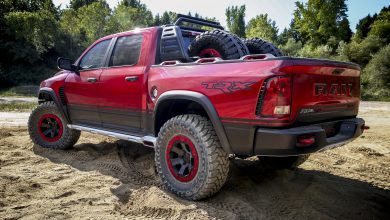
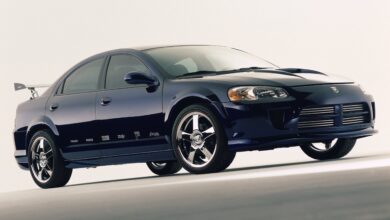
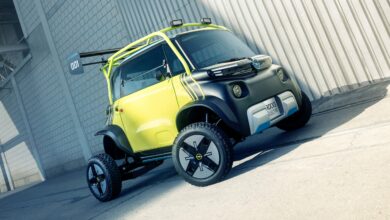
2 replies
Loading new replies...
Join the full discussion at the Mopar Insiders Forum →